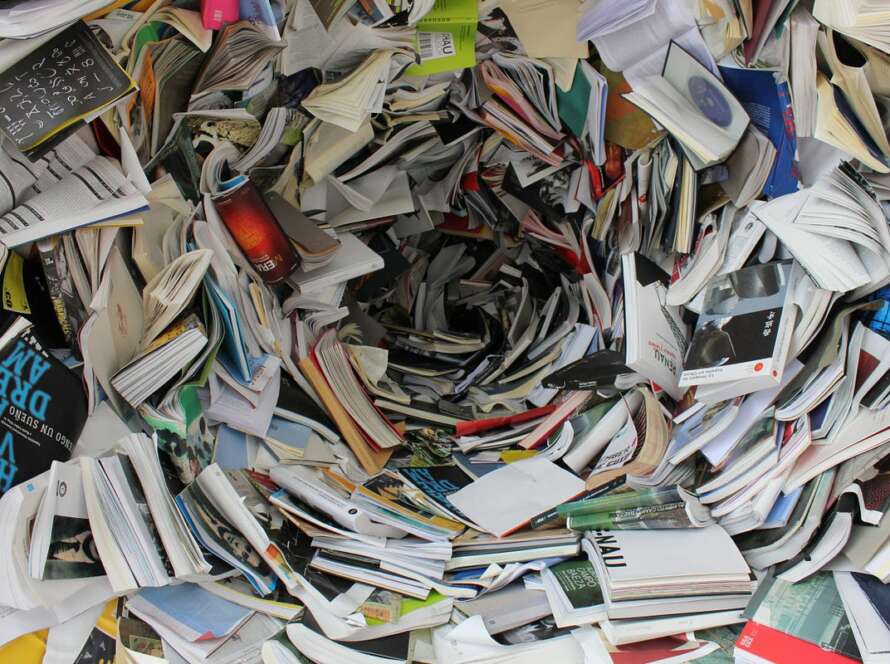Deep learning is a subset of machine learning, which itself is a subset of artificial intelligence (AI). Deep learning models are inspired by the structure and function of the human brain and are composed of layers of artificial neurons. These models are capable of learning complex patterns in data through a process called training, where the model is iteratively adjusted to minimize errors in its predictions.
In this blog post, we will walk through the process of building a simple artificial neural network (ANN) to classify handwritten digits using the MNIST dataset.
The MNIST dataset (Modified National Institute of Standards and Technology dataset) is one of the most famous datasets in the field of machine learning and computer vision. It consists of 70,000 grayscale images of handwritten digits from 0 to 9, each of size 28×28 pixels. The dataset is divided into a training set of 60,000 images and a test set of 10,000 images. Each image is labeled with the corresponding digit it represents.
We will use the MNIST dataset provided by the Keras library, which makes it easy to download and use in our model.
Before we start building our model, we need to import the necessary libraries. These include libraries for data manipulation, visualization, and building our deep learning model.
import numpy as np
import pandas as pd
import matplotlib.pyplot as plt
import seaborn as sns
import tensorflow as tf
from tensorflow import keras
numpyandpandasare used for numerical and data manipulation.matplotlibandseabornare used for data visualization.tensorflowandkerasare used for building and training the deep learning model.
The MNIST dataset is available directly in the Keras library, making it easy to load and use.
(X_train, y_train), (X_test, y_test) = keras.datasets.mnist.load_data()
This line of code downloads the MNIST dataset and splits it into training and test sets:
X_trainandy_trainare the training images and their corresponding labels.X_testandy_testare the test images and their corresponding labels.
Let’s take a look at the shape of our training and test datasets to understand their structure.
print(X_train.shape)
print(X_test.shape)
print(y_train.shape)
print(y_test.shape)
X_train.shapeoutputs(60000, 28, 28), indicating there are 60,000 training images, each of size 28×28 pixels.X_test.shapeoutputs(10000, 28, 28), indicating there are 10,000 test images, each of size 28×28 pixels.y_train.shapeoutputs(60000,), indicating there are 60,000 training labels.- `y_test
.shapeoutputs(10000,)`, indicating there are 10,000 test labels.
To get a better understanding, let’s visualize one of the training images and its corresponding label.
plt.imshow(X_train[2], cmap='gray')
plt.show()
print(y_train[2])
plt.imshow(X_train[2], cmap='gray')displays the third image in the training set in grayscale.plt.show()renders the image.print(y_train[2])outputs the label for the third image, which is the digit the image represents.
Pixel values in the images range from 0 to 255. To improve the performance of our neural network, we rescale these values to the range [0, 1].
X_train = X_train / 255
X_test = X_test / 255
This normalization helps the neural network learn more efficiently by ensuring that the input values are in a similar range.
Our neural network expects the input to be a flat vector rather than a 2D image. Therefore, we reshape our training and test datasets accordingly.
X_train = X_train.reshape(len(X_train), 28 * 28)
X_test = X_test.reshape(len(X_test), 28 * 28)
X_train.reshape(len(X_train), 28 * 28)reshapes the training set from (60000, 28, 28) to (60000, 784), flattening each 28×28 image into a 784-dimensional vector.- Similarly,
X_test.reshape(len(X_test), 28 * 28)reshapes the test set from (10000, 28, 28) to (10000, 784).
We will build a simple neural network with one input layer and one output layer. The input layer will have 784 neurons (one for each pixel), and the output layer will have 10 neurons (one for each digit).
ANN1 = keras.Sequential([
keras.layers.Dense(10, input_shape=(784,), activation='sigmoid')
])
keras.Sequential()creates a sequential model, which is a linear stack of layers.keras.layers.Dense(10, input_shape=(784,), activation='sigmoid')adds a dense (fully connected) layer with 10 neurons, input shape of 784, and sigmoid activation function.
Next, we compile our model by specifying the optimizer, loss function, and metrics.
ANN1.compile(optimizer='adam', loss='sparse_categorical_crossentropy', metrics=['accuracy'])
optimizer='adam'specifies the Adam optimizer, which is an adaptive learning rate optimization algorithm.loss='sparse_categorical_crossentropy'specifies the loss function, which is suitable for multi-class classification problems.metrics=['accuracy']specifies that we want to track accuracy during training.
We then train the model on the training data.
ANN1.fit(X_train, y_train, epochs=5)
ANN1.fit(X_train, y_train, epochs=5)trains the model for 5 epochs. An epoch is one complete pass through the training data.
After training the model, we evaluate its performance on the test data.
ANN1.evaluate(X_test, y_test)
ANN1.evaluate(X_test, y_test)evaluates the model on the test data and returns the loss value and metrics specified during compilation.
We can use our trained model to make predictions on the test data.
y_predicted = ANN1.predict(X_test)
ANN1.predict(X_test)generates predictions for the test images.
To see the predicted label for the first test image:
print(np.argmax(y_predicted[10]))
print(y_test[10])
np.argmax(y_predicted[10])returns the index of the highest value in the prediction vector, which corresponds to the predicted digit.print(y_test[10])prints the actual label of the first test image for comparison.
To improve our model, we add a hidden layer with 150 neurons and use the ReLU activation function, which often performs better in deep learning models.
ANN2 = keras.Sequential([
keras.layers.Dense(150, input_shape=(784,), activation='relu'),
keras.layers.Dense(10, activation='sigmoid')
])
keras.layers.Dense(150, input_shape=(784,), activation='relu')adds a dense hidden layer with 150 neurons and ReLU activation function.
We compile and train the improved model in the same way.
ANN2.compile(optimizer='adam', loss='sparse_categorical_crossentropy', metrics=['accuracy'])
ANN2.fit(X_train, y_train, epochs=5)
We evaluate the performance of our improved model on the test data.
ANN2.evaluate(X_test, y_test)
To get a better understanding of how our model performs, we can create a confusion matrix.
y_predicted2 = ANN2.predict(X_test)
y_predicted_labels2 = [np.argmax(i) for i in y_predicted2]
y_predicted2 = ANN2.predict(X_test)generates predictions for the test images.y_predicted_labels2 = [np.argmax(i) for i in y_predicted2]converts the prediction vectors to label indices.
We then create the confusion matrix and visualize it.
cm = tf.math.confusion_matrix(labels=y_test, predictions=y_predicted_labels2)
plt.figure(figsize=(10, 7))
sns.heatmap(cm, annot=True, fmt='d')
plt.xlabel("Predicted")
plt.ylabel("Actual")
plt.show()
tf.math.confusion_matrix(labels=y_test, predictions=y_predicted_labels2)generates the confusion matrix.sns.heatmap(cm, annot=True, fmt='d')visualizes the confusion matrix with annotations.
In this blog post, we covered the basics of deep learning and walked through the steps of building, training, and evaluating a simple ANN model using the MNIST dataset. We also improved the model by adding a hidden layer and using a different activation function. Deep learning models, though seemingly complex, can be built and understood step-by-step, enabling us to tackle various machine learning problems.



